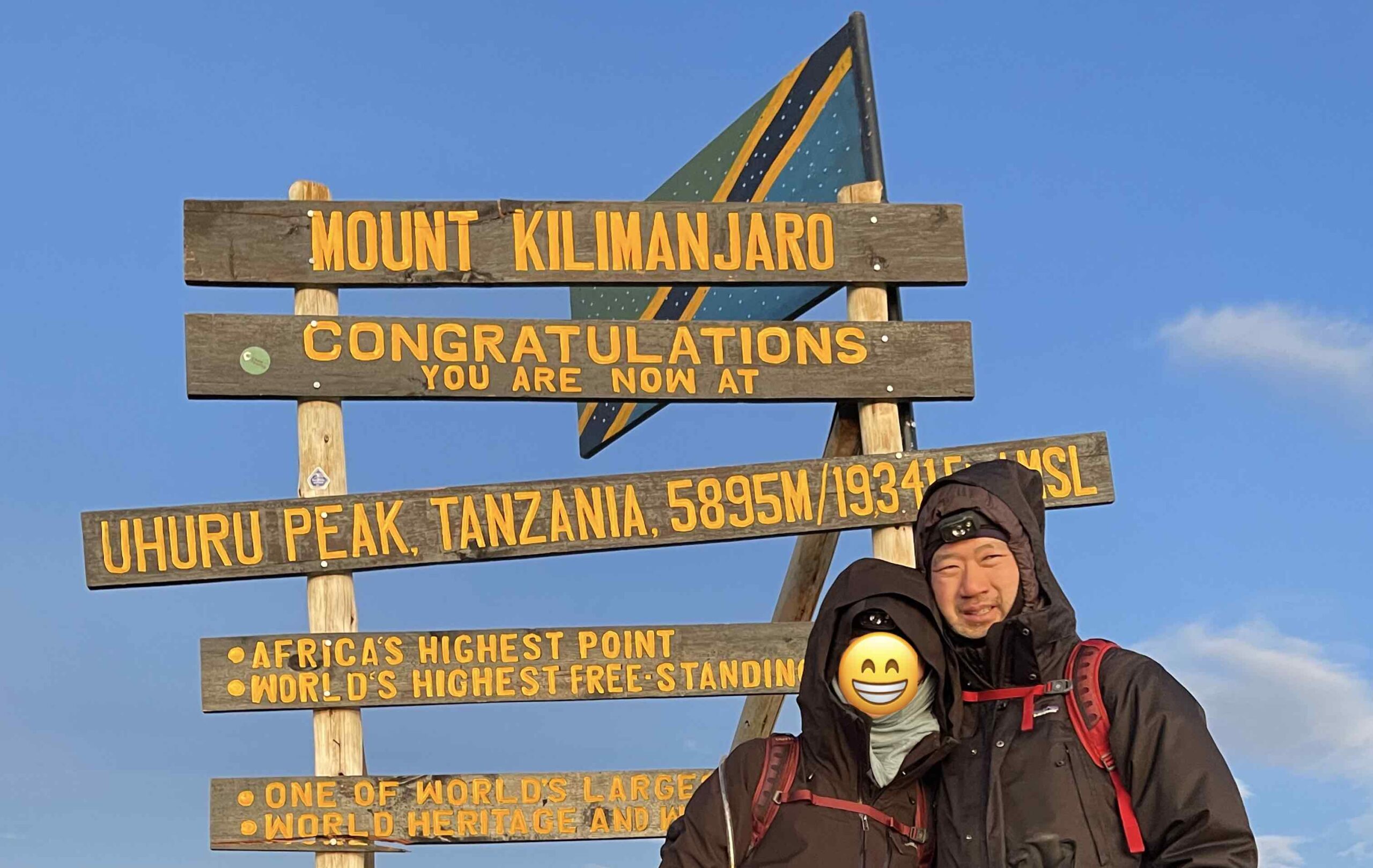
Last year I summited Mount Kilimanjaro, the highest free-standing mountain in the world.
Prior to this trip, I had never been on an organised hike. The last time I slept in a tent was 1993, on a Route 66 cross-country road trip. I live at sea level. So when the opportunity to do this came up, I said why not?
Getting Ready
Pre-travel preparation included getting vaccinated. We had Covid shots and boosters, but I needed six additional vaccines: Tetanus/Diphtheria/Polio, Typhoid, Hepatitis A, Yellow Fever, Meningitis, and Cholera. Five shots and one liquid.
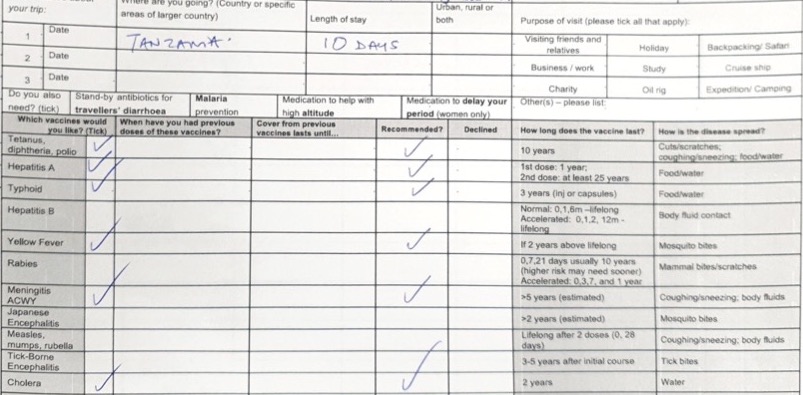
We also obtained malaria medication and Diamox for altitude sickness. It helps to test the Diamox at home and experience the tingly feeling in your fingers and toes so you don’t think you’re going crazy on the mountain.
Day One: Lemosho Gate to Mti Mkubwa Camp
We were scheduled for the eight day Lemosho route — more days to acclimatise, better chance of making it to the top. We began our journey at Lemosho Gate, starting elevation 6,980′ and in the very wet rainforest. Our trip was at the end of February, which tends to be drier than other months but they don’t call it a rainforest for nothing. In addition to our expensive Gore-tex it would’ve been nice to have packed a cheap poncho; easy on, easy off. Some guides even carry umbrellas!
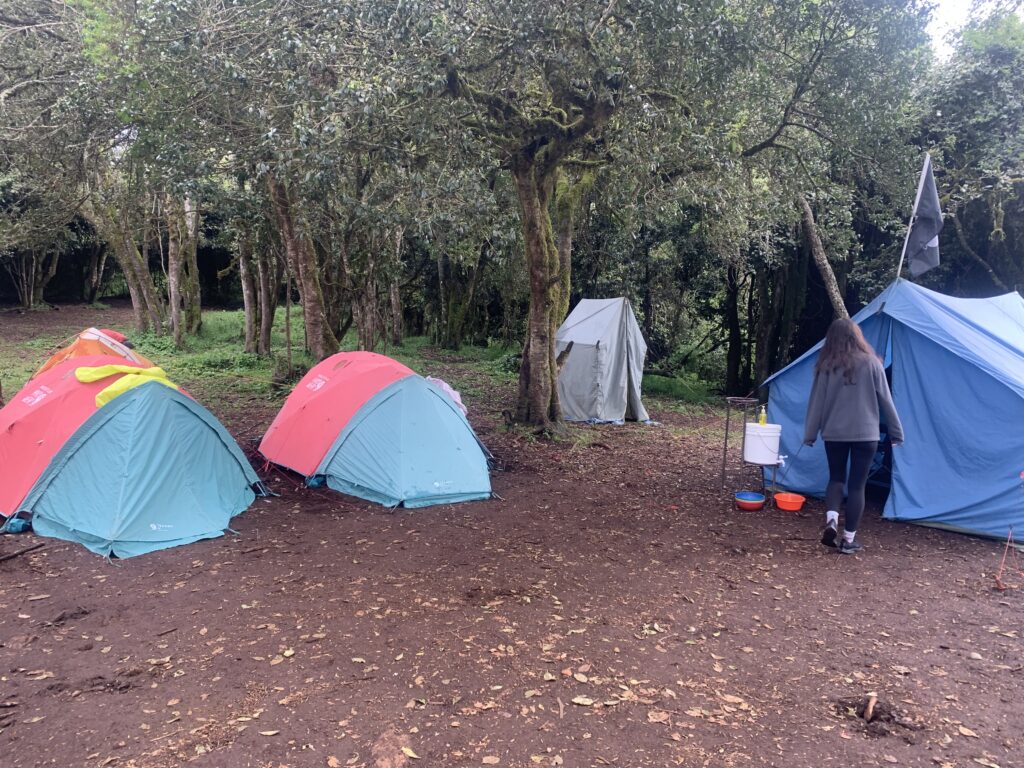
We ascended 1,800′ in 2.5 hours the first day, following a well-maintained trail. It was pretty much stairmaster in rain and mud at high altitude.
Day Two: Mti Mkubwa to Shira I
A climb out of the rainforest and onto a desert plateau.
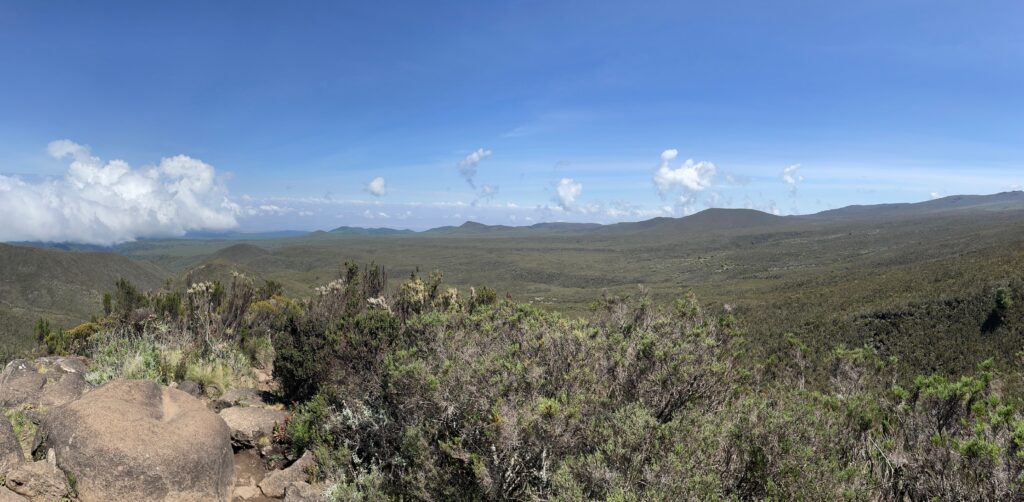
The day’s hike was about five hours, gaining 3,150′ in elevation. We made camp at 11,844 feet — over two miles above sea level. This is when high altitude headaches begin.
Day Three: Shira I to Moir
The days are getting colder as we ascend. Yesterday in the 50’s and we start today at 42F. It’s an acclimation day, with only 1,800′ gained but over a much longer, flatter span than day one.
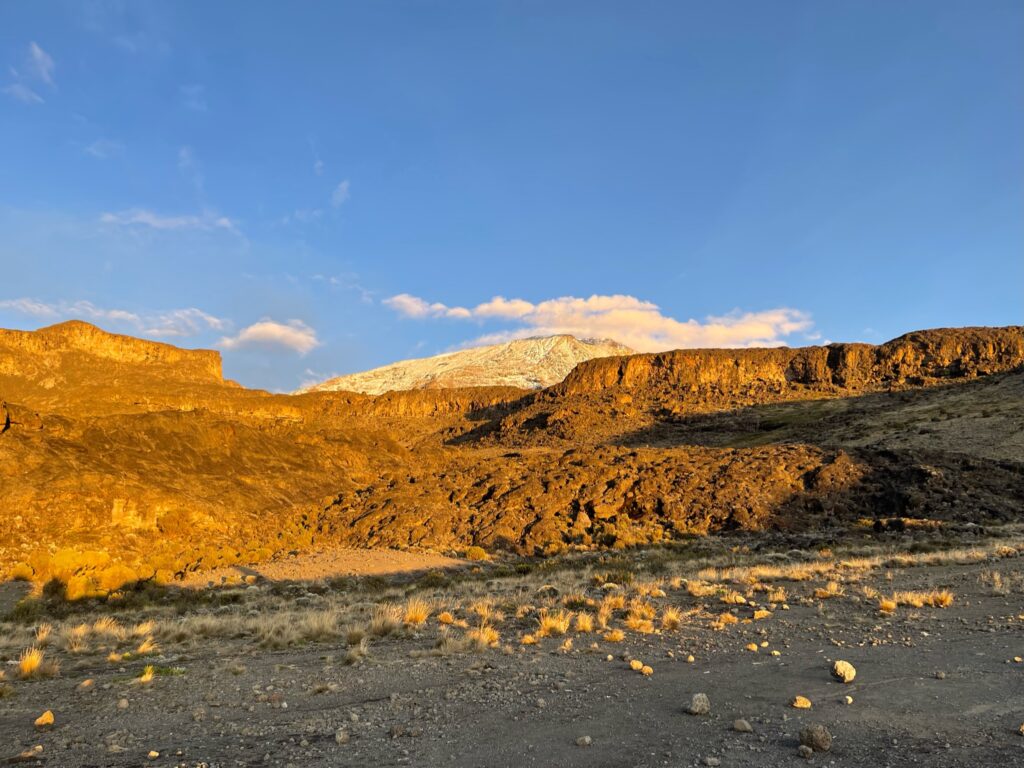
We take an acclimation hike today, 510 additional feet to a hilltop point where you can see Kenya and get a bit of mobile reception. My phone compass says that Moir camp is elevation 13,650 feet.
Day Four: Moir to Barranco
Today we hike up to Lava Tower, ascending to 15,000′ just in time for lunch.
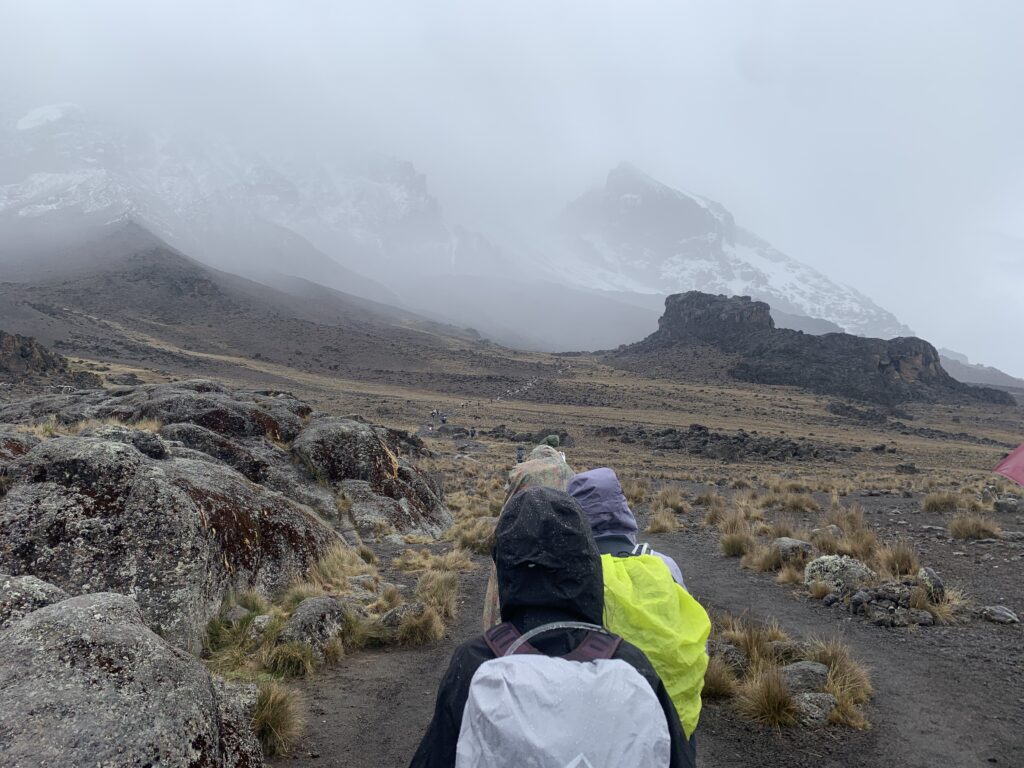
There are groups making camp here who are on shorter, faster climbs, arriving in three days instead of four. I’ve heard that 30 years ago, the entire climb was usually three or four days!
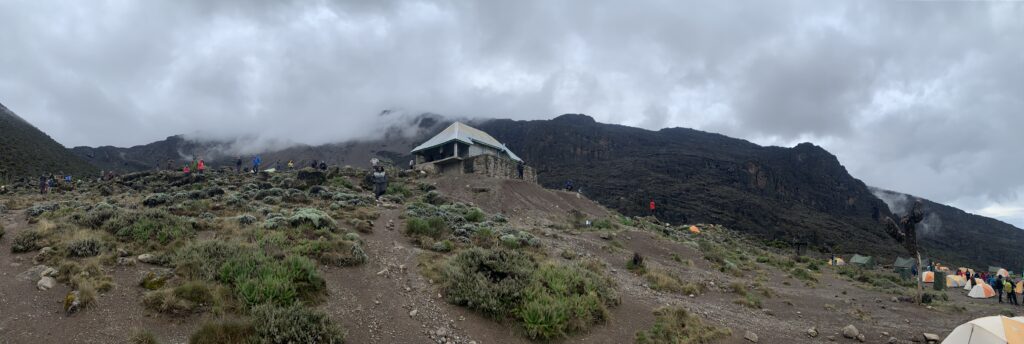
However, having a real-time connection to the world certainly influences the nature of introspection you undertake while climbing Kili. Our trip took place from 19-26 February 2022, coinciding with Russia’s invasion of Ukraine. While we certainly weren’t on a relaxing holiday, knowing this was escalating was unsettling. On the other hand, I received notice via email that my British citizenship had been approved! You’ll encounter lots of unexpected highs and lows on this mountain.
Day Five: Barranco to Karanga
A fairly short day; only 312 feet gained and we begin and end around 13,000 feet. But first you must climb over this:
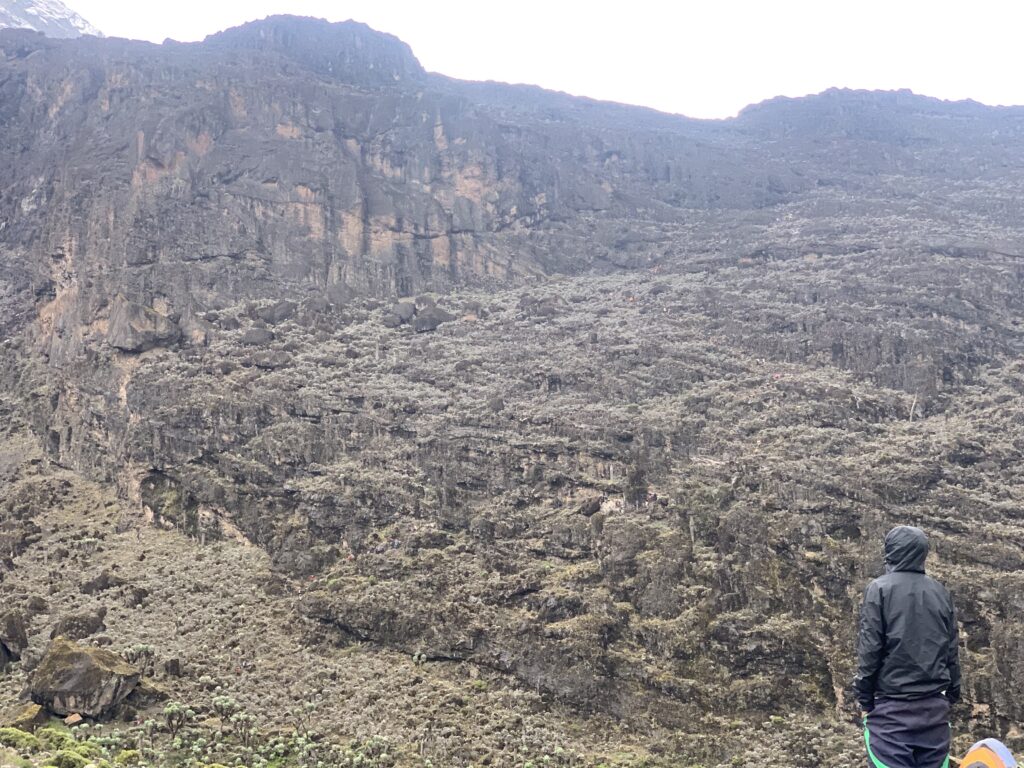
This is the last night we’ll have a “full” night’s sleep, as tomorrow we will wake up just before midnight to make our summit attempt. Full in quotes, because it’s difficult to sleep an entire night on the mountain. The thin air, drinking fluids all day, being constrained in a mummy-style sleeping bag, sleeping on an incline…it is what it is.
Day Six: Karanga to Kosovo
Today we hike past Barafu camp, where many groups spend the night before summiting. This requires scaling a very steep and smooth rock wall, for the first time we see hikers going in the opposite direction — they’ve been to the top! Once in a while we see a person suffering from altitude sickness being helped down by a porter under each arm. We also see people with exposed skin, suffering from severe sunburn. It doesn’t feel hot but the sun is intense!
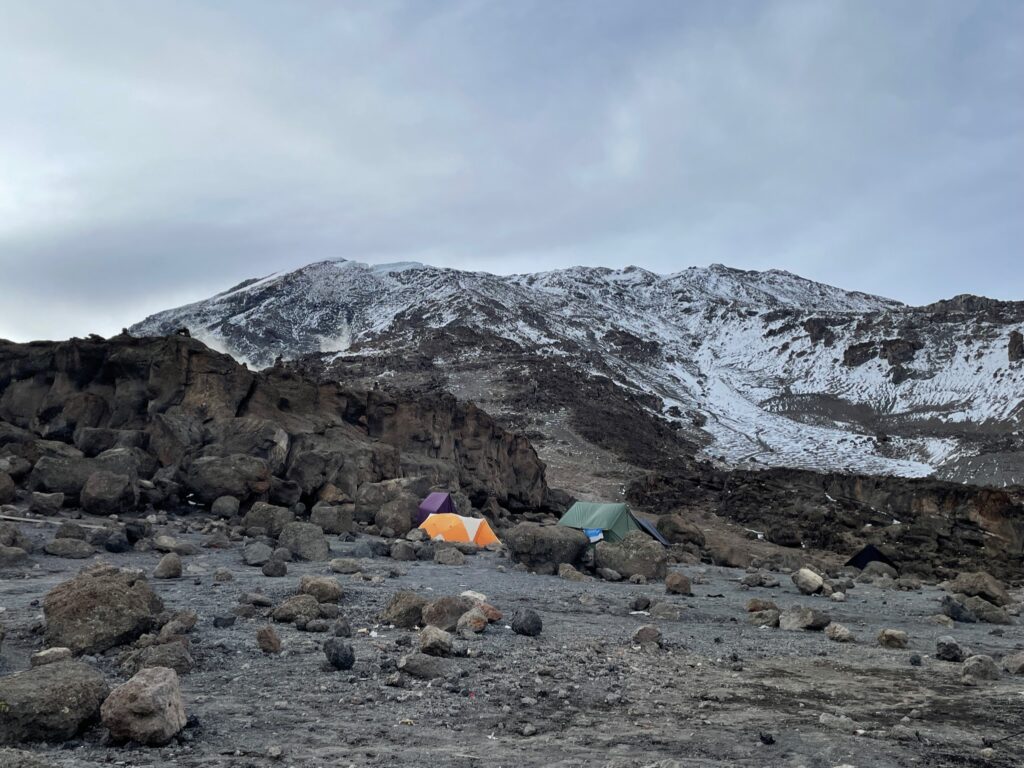
We’re on to Kosovo camp, which is about an hour further on. The day was intense with an ascent of 2,800 feet.
We’ll wake up at 11 pm and start our summit attempt at midnight.
Day Seven: Kosovo to Summit to Mweka
As the world learned more about what happened to the human body when infected by Covid, blood oxygen level became a leading indicator of asymptomatic infection. By February 2022 it was easy to buy a pulse oximeter on Amazon for £10 and have around the house. I brought one on the trip to track vitals along with my Apple watch and Oura ring. The NHS advises that if your blood oxygen level is below 92%, you should visit A&E or call emergency services immediately.
Waking up at 15,940 feet – three miles above sea level – it’s freezing. I check my thermometer; it’s 20F in the tent. I check my blood oxygen level. It’s 49%. Maybe these devices don’t work properly at this altitude? Isn’t clouded judgment one of the symptoms of altitude sickness? No worries, we’ve come this far and we’re doing this.
We gear up in the most layers of any day so far: balaclava, hat, parka, down coat, fleece, thermal underwear, hiking trousers, wool socks, and gloves inside of gloves. It’s still cold and the wind is howling. Headlamps on and we start our long, slow march. For most of the climb, it feels impossible to catch a proper breath — even when we’ve stopped. But after five and a half hours, we’ve arrived at Stella Point — 3,000 feet higher than when we started. An hour later, we arrive at the summit of Mount Kilimanjaro.

Next comes what I believe is the most difficult part of the journey. What goes up, must come down. We descend back to camp in 1.5 hours. After packing up, we spend the next four hours descending to Mweka camp, altitude 10,020 feet. Today we have climbed 3,400′ to the highest point in Africa, then descended 9,300′ afterwards. Exhilarating and exhausting.
The temperature in camp is 50F. My blood oxygen level is 94%.
Day Eight: Mweka to exit
The trails are well maintained and we descend 4,600′ through the rainforest to the exit.
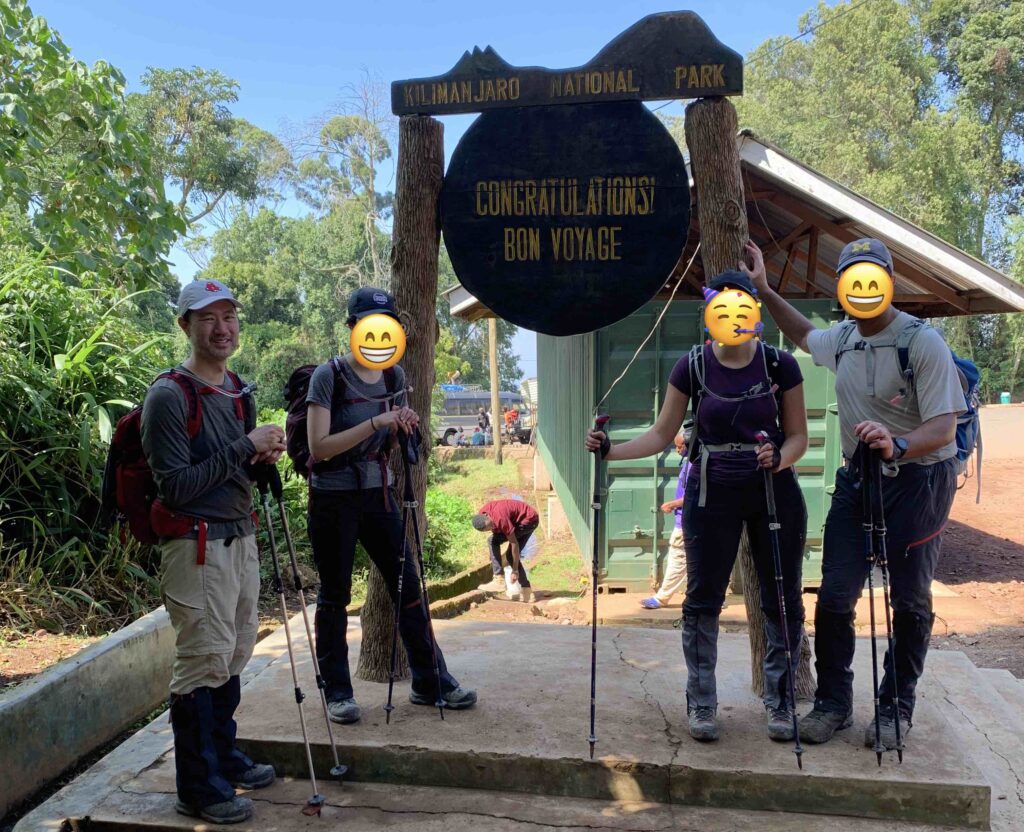
Final thoughts
It’s said that almost anyone can climb Kilimanjaro. It’s true to a certain extent; good preparation and planning go a long way. An eight-day trek is a lot less taxing than a four-day scramble. Conditioning helps. We met people from Colorado who had little problem with the altitude. There were some individuals who we saw on acclimation runs, not hikes. But you can live at sea level and not be able to jog for a mile without stopping for breath…and still summit successfully.
Before and after the trip, we often described this experience as “type 2 fun.” The funny thing about the three types of fun is that people seem to generally agree on what they are and most explanations on the internet sit on outdoors-related websites. Climbing Kilimanjaro is definitely Type 2 fun. Try to remember that when you’re gasping for breath at 19,000 feet.
Some people say the experience is getting worse, with mobile connectivity and now wifi available. Is it? Everyone undertakes this journey for their own reasons. The modern version of the classic saying “take only memories, leave only footprints” replaces memories with pictures and videos. Would being able to livestream from a mountain be so bad? Times change for better and worse. It took me 14 months to write this blog post. Maybe a livestream would’ve been an easier way to tell the story!

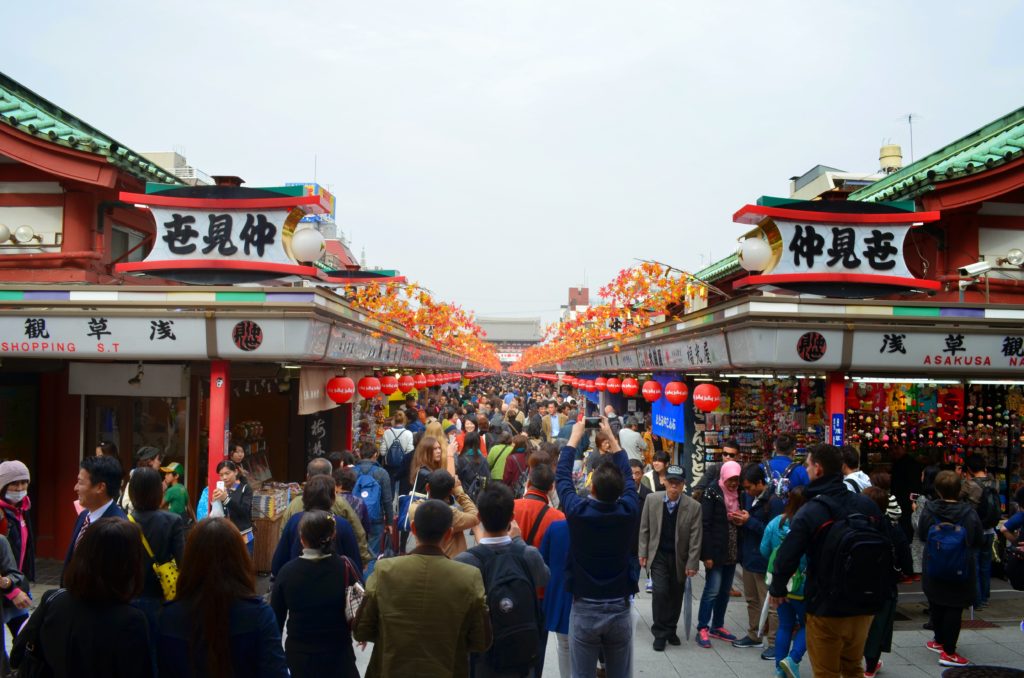

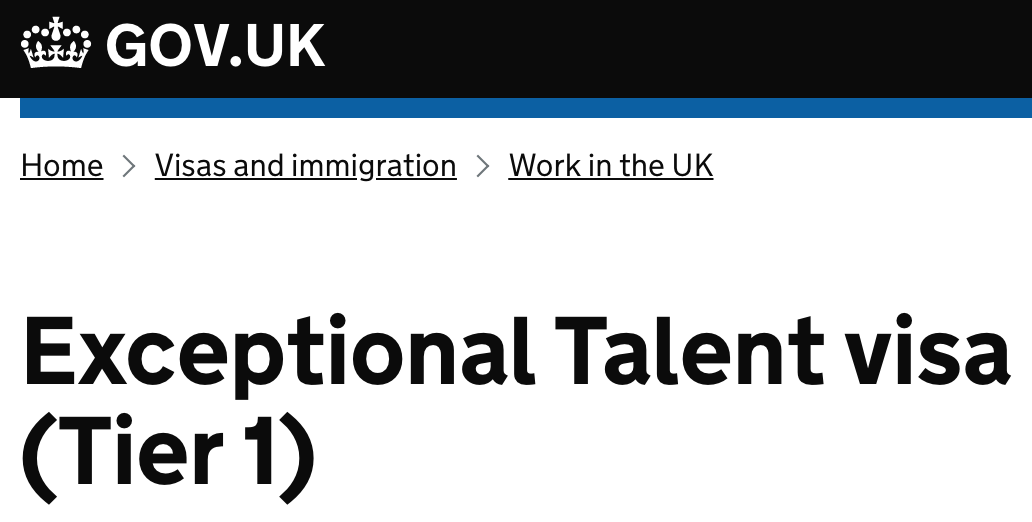
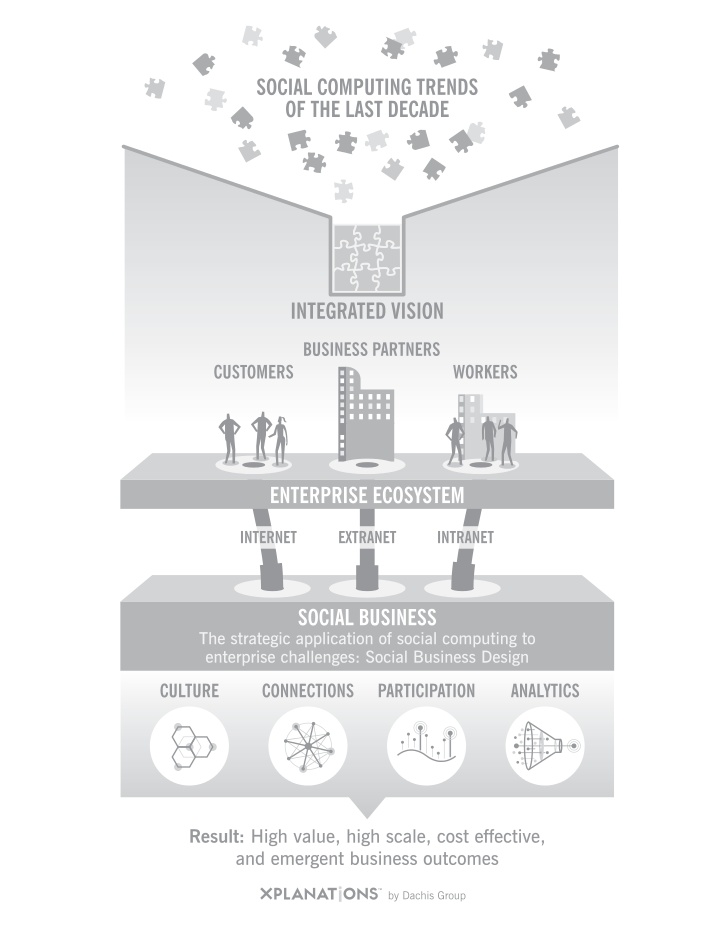
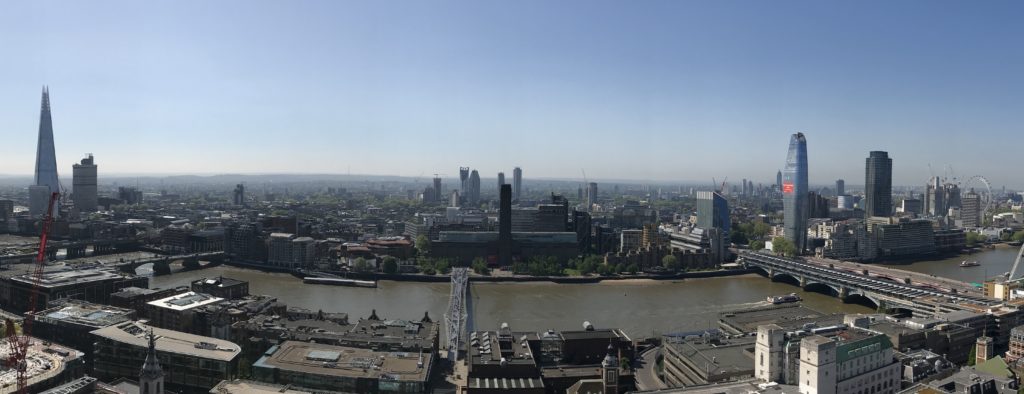 This is the second installment of my irregular
This is the second installment of my irregular  In restaurants, tipping has taken a more passive-aggressive approach. Many restaurants add an “optional 12.5% discretionary service charge” to the bill without asking. But does that actually go to the staff?
In restaurants, tipping has taken a more passive-aggressive approach. Many restaurants add an “optional 12.5% discretionary service charge” to the bill without asking. But does that actually go to the staff? 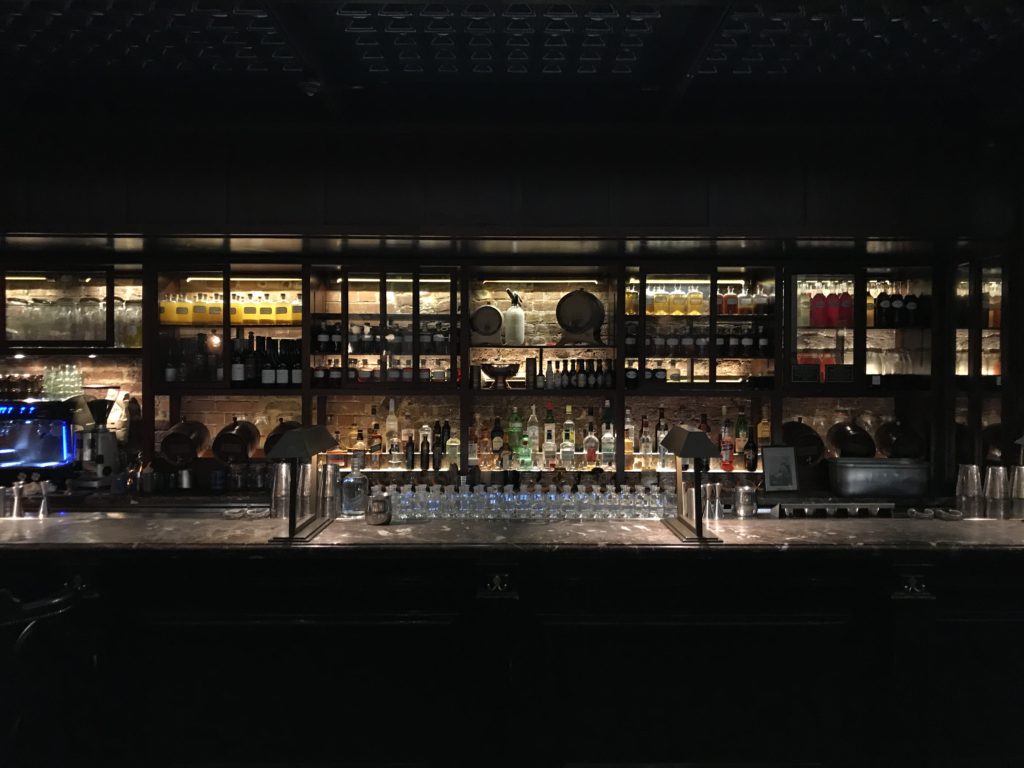 According to Ben Judah’s 2016 book
According to Ben Judah’s 2016 book  In another lower stakes example, I ordered some socks and they were promised with free two-day delivery. When they weren’t delivered on the expected day, I called the delivery company. They said they I should request a refund from the brand and they’d file a claim against the driver. File a claim? Yes, because the driver was technically a contractor to the delivery company. Speaking of tension in low wage Britain, this issue represents one story of many that reflect the global
In another lower stakes example, I ordered some socks and they were promised with free two-day delivery. When they weren’t delivered on the expected day, I called the delivery company. They said they I should request a refund from the brand and they’d file a claim against the driver. File a claim? Yes, because the driver was technically a contractor to the delivery company. Speaking of tension in low wage Britain, this issue represents one story of many that reflect the global 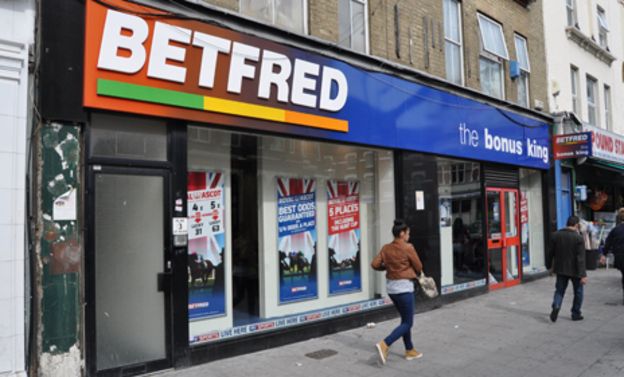
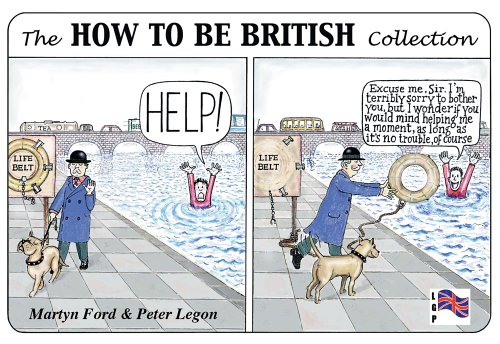
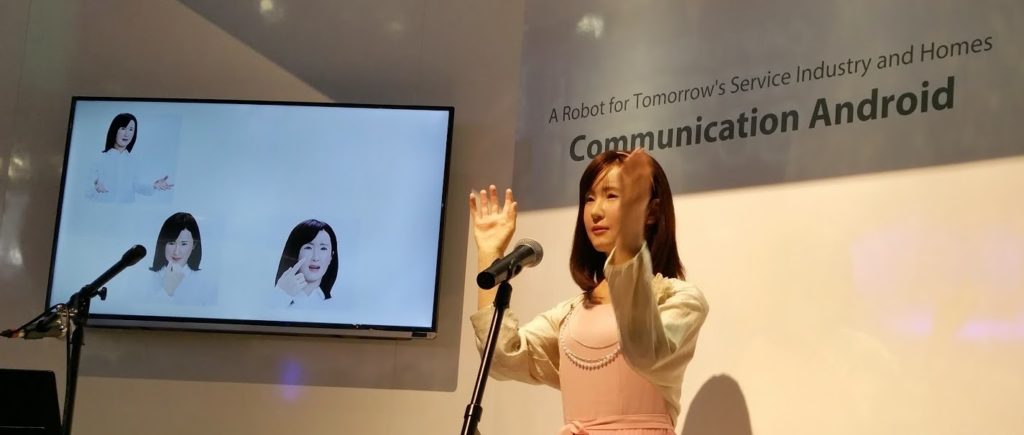
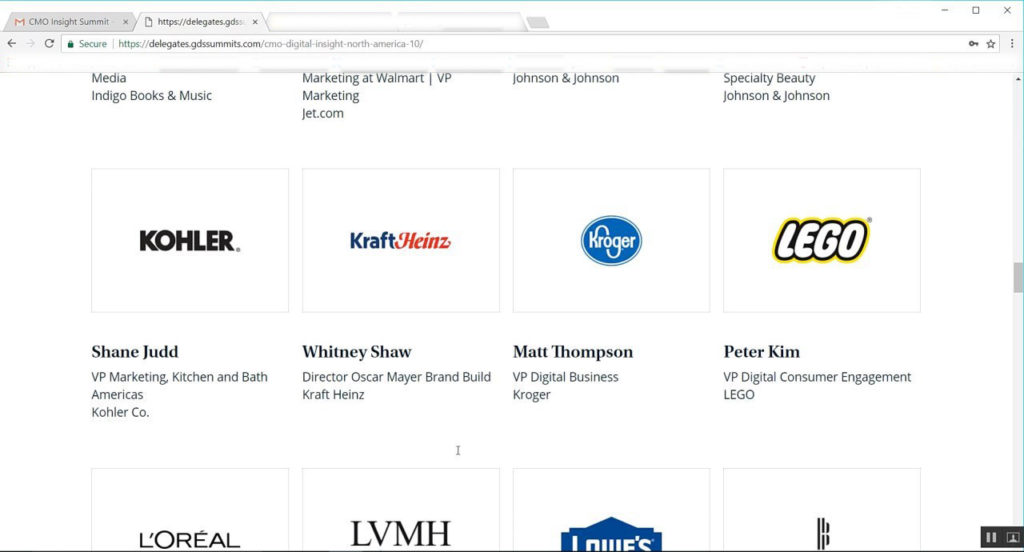

 This is unlike the US where you might go to a bank’s ATM advertising “free” withdrawals, only to have your own bank charge you a $1 or $2 service charge. I was surprised to find that even the ATMs at Heathrow Airport — which seems like a place ripe for price-gouging — were indeed free of service fees.
This is unlike the US where you might go to a bank’s ATM advertising “free” withdrawals, only to have your own bank charge you a $1 or $2 service charge. I was surprised to find that even the ATMs at Heathrow Airport — which seems like a place ripe for price-gouging — were indeed free of service fees.